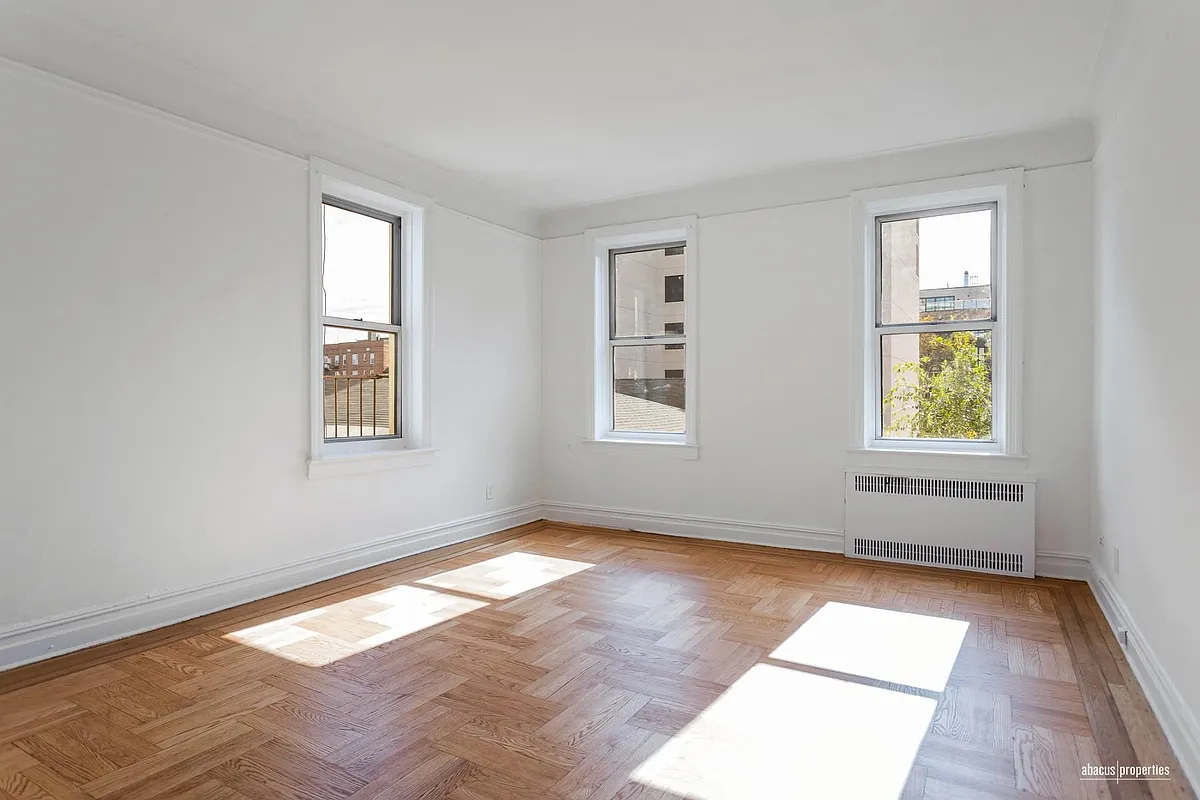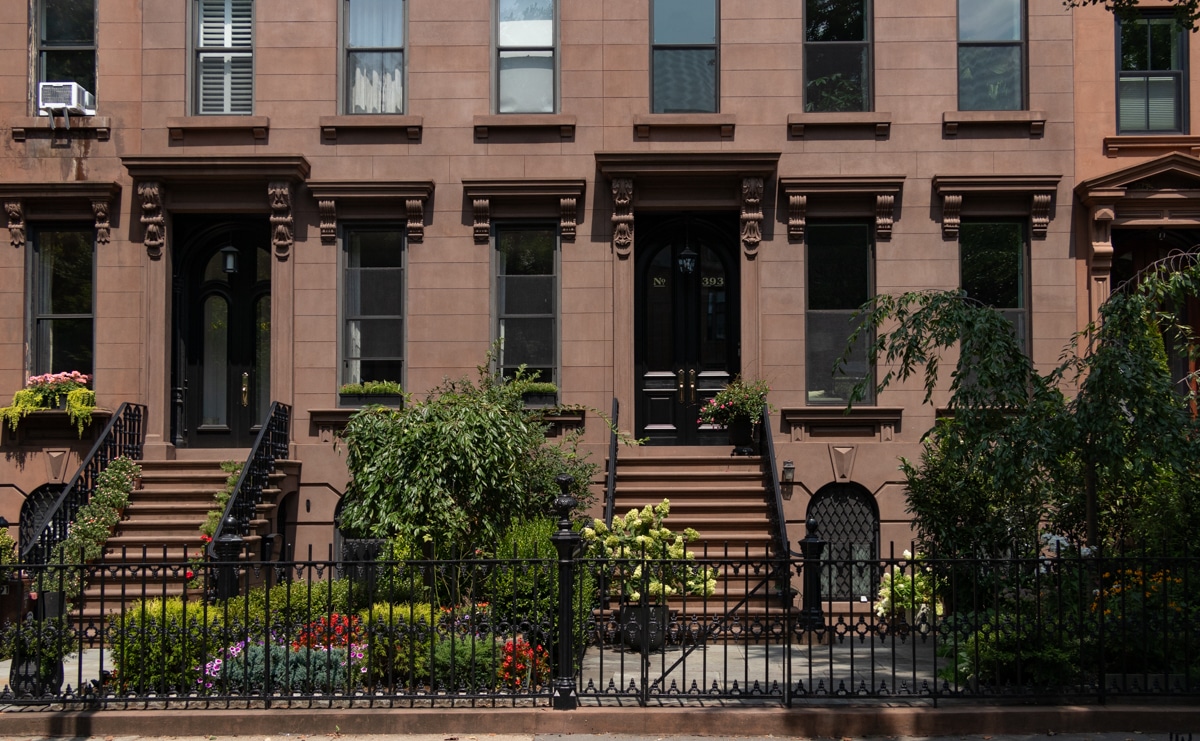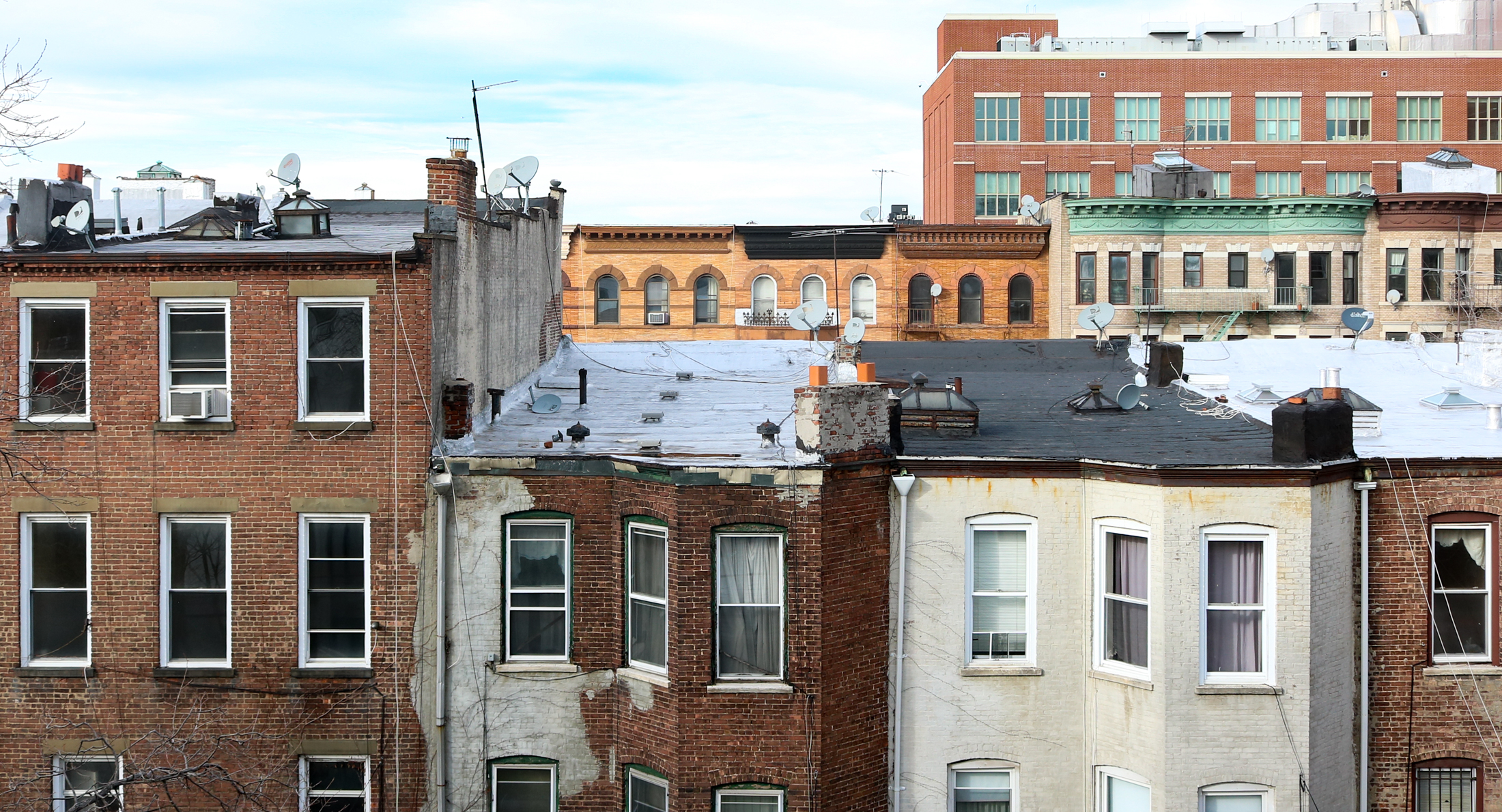Luxury Rentals Abound
Developers of new rental buildings aren’t as squeezed as those who are trying to pawn off new condos, but they are still struggling. The New York Times reported over the weekend that among the 7,000 new rentals citywide, Brooklyn will see 3,500 new luxury units (including some that opened in late 2009). According to the…


Developers of new rental buildings aren’t as squeezed as those who are trying to pawn off new condos, but they are still struggling. The New York Times reported over the weekend that among the 7,000 new rentals citywide, Brooklyn will see 3,500 new luxury units (including some that opened in late 2009). According to the Times, rents in the city are down about 25 percent from the market’s height in 2008 and the vacancy rate is almost two percent, compared to one percent in 2006 and 2007. Given the glut of rentals, developers in Downtown Brooklyn and Williamsburg continue to court would-be luxury tenants with free rent, gym memberships and iPods, among other perks.
Buildings mentioned: Avalon Fort Greene, the 600-plus unit building along the Flatbush corridor; 60 Monitor, the 60-unit project in Williamsburg; 184 Kent, which began as a condo; 80 Dekalb, Forest City Ratner’s 36-story tower; Brooklyn Gold, the 512-unit condo-turned-rental; and Brooklyner, the looming 51-story building built by the Clarett Group. Avalon and Brooklyn Gold have experienced delayed move-in dates, but you knew about Gold already. And what happened to the strong starts?





Dave:
The city and state are bankrupt. The nation is nearly bankrupt. You live in a ghetto neighborhood in a county where half the population is on government assistance. That sounds like lunacy to me.
After Lehman collapsed, it became clear this city is doomed, particularly Brooklyn.
——-
Oh snap. And here I thought I was on the fringe (i use this word in the nicest of ways. a compliment, even.)of doom and gloom thinking 40% off peak as a given at some point….
Dave, you need to start hanging out with some Chinese. Even they are surprised at how expensive housing is in New York City, considering its inferior quality. Housing in Tokyo is also much cheaper. Single people in their 20s and 30s easily can afford their own homes and are not sharing apartments in the ghetto.
“After Lehman collapsed, it became clear this city is doomed, particularly Brooklyn. I left the Borough of Housing Projects and Welfare Queens over a year ago as I am certain it will become a crime ridden hellhole.”
Sounds like a few of the other members of the lunatic fringe who post on here.
bkre:
Actually, I rarely post on this site these days. After Lehman collapsed, it became clear this city is doomed, particularly Brooklyn. I left the Borough of Housing Projects and Welfare Queens over a year ago as I am certain it will become a crime ridden hellhole.
There is also the issue that for the most part, this site caters to the strange and insular. Most are also completely ignorant of economics, especially the “finance” people like you who talk about demand curves as if real estate economics ever can follow such simplistic models.
In any event, history is clear. The past 20 years has been an extremely prosperous time for New York City, yet the rate of new construction is a fraction of what it was in say the 1920s. And that was a time when most homes were relatively new.
What is different between then and now?
Where did the several hundred thousand wind up living???
If they wanted to live here all they had to do was pay more money. Supply does not always equal demand. In fact it never usually does; only on the chalkboard where two lines meet. Not is real life.
The fact of life is that if you want to live in NYC or Hong Kong or Tokyo or London, you’re going to face the same problem.
and pre-crisis spreads?
i agree govt program is compressing mortgage spreads, probably 50-100 bps, but this is not a gonna cause a second dip. if base rate, ie faith in UST crashes, then we will have something to talk about.
daveinbedstuy:
Public policy has everything to do with real estate value. Real estate taxes dictate how much residual income can service debt or provide cash flow. Zoning laws regulate what you can build and how much of it. Building regulations add cost. Corruption can deter investment. Crime has a similar effect. Rent ceilings shift costs from renters who receive a public benefit to those who do not. The list goes on.
Real estate economics follow the same principles of supply and demand.
New York City has an insufficient supply of housing. This is evident due to the fact housing is, in relation to household income, much more expensive than the rest of the country.
I have claimed constantly on this site for several years that the primary reason for this is misguided public policy. While I will be the first to say that usury also affects prices, it is not relevant to the discussion at hand. It has had no impact on the lives of New Yorkers.
Over the past 20 years, less than 300,000 new housing units were built in this city despite the fact the population increased by over 1,000,000 citizens. Much of this new construction replaced dilapidated and antiquated housing stock that had to be replaced anyway.
It really doesn’t matter what price these housing units were offered at. They could have all been sold for free and it wouldn’t change the fact that several hundred thousand people couldn’t get a home if they wanted one.
The question is why?
Here’s an interesting article on rent stabilization…it sort of throws a curve ball in this whole rent stabilization debate.
http://tinyurl.com/ybhk4ko